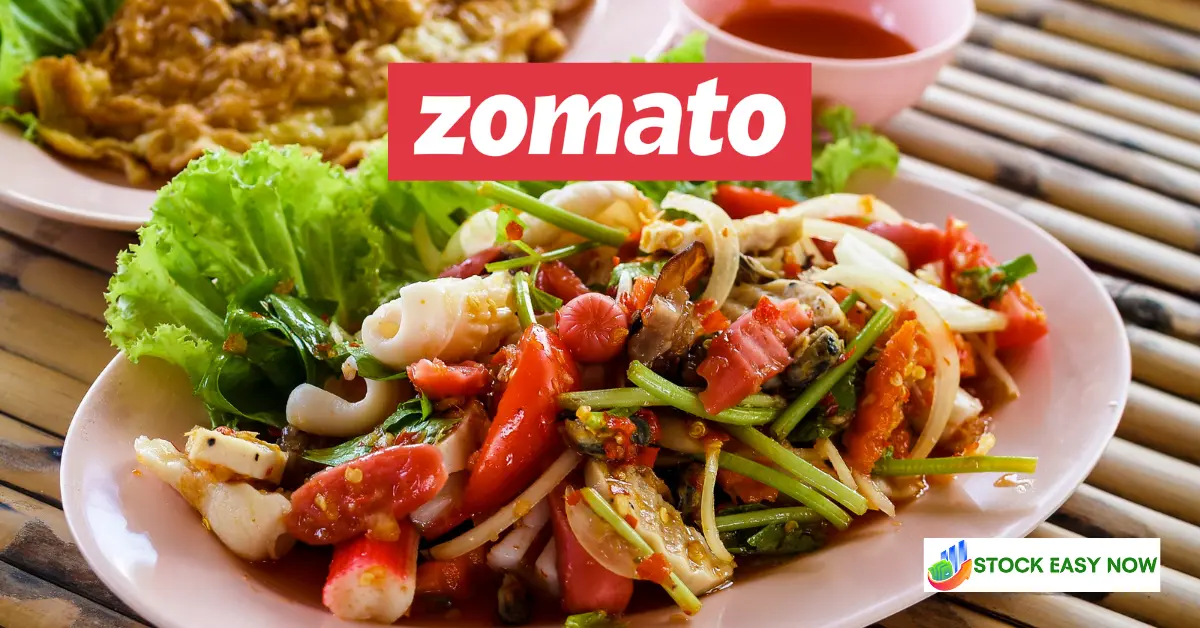Gujarat is predicted to harvest 33.45 lakh tonnes (lt) of groundnuts in the Kharif season, up from 30 at the year before, representing an 11.50 percent increase. However, the Solvent Extractors’ Association of India (SEA) conducted the Groundnut Kharif Crop Survey 2023, which shows that Gujarat’s groundnut acreage has decreased by 74,000 hectares (4.33 percent).
According to SEA Executive Director B.V. Mehta, Gujarat is a top producer of groundnuts, which are one of the main Kharif crops. For the past 14 years, the SEA Groundnut Promotion Council has surveyed the crop to determine its quantity and quality.
The SEA team traveled to several farms in Saurashtra, where they took arbitrary samples. The number of pods, their size, and the separation between two rows were all measured. Studies were also conducted on the pods’ quality and maturity.
The Gujarat government reports that in 2023–24, 16.35 lakh hectares (lh) of the kharif groundnut crop were sown, as opposed to 17.09 lh in 2022–23. He ascribed the decrease to the conversion of groundnut area to cotton, soybean, and other crops.
The groundnut kharif acreage in all of India was estimated to have decreased by 1.62 lh (3.58 percent) to 43.91 lh in 2023–24 from 45.54 lh in 2022–23.
Benefits of rainy seasons
According to him, Gujarat’s average production per acre rose from 1,755 kg to 2,045 kg, a 16.52% rise. Farmers were able to weather the August drought thanks to June and July’s heavy rains and water conservation measures.
Due to the local farmers’ preference to sell as soon as the crop is produced, arrivals in North Gujarat are at their highest point.
Gujarat now has 2.66 lakh hectares under soybeans, up from 2.22 lakh hectares the previous year. This is because mechanized harvesting was more economical and farmers did not need to rely on labor.
In various locations across Saurashtra, including Gondal, Amreli, Junagadh, Keshod, Mangrol, Porbandar, and Advana, the SEA team interacted with farmers, oil millers, solvent extraction plants, traders, commission agents, and brokers from October 20 to 22.





